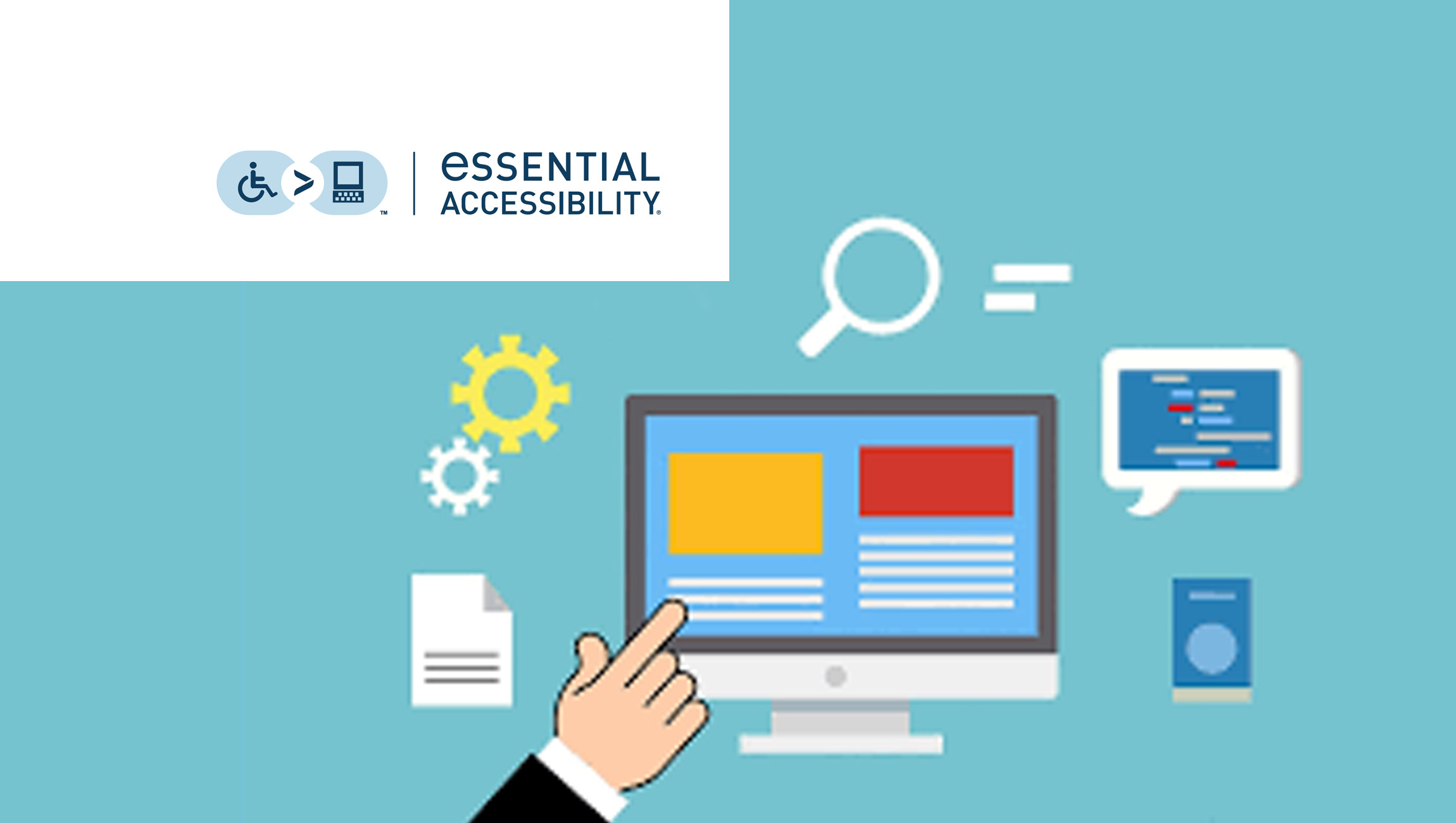How can you avoid lawsuits and make your products and services accessible to all people? A good place to start is a web accessibility checklist.
The latter half of the 20th century marked a major turning point for disability policy in the U.S. and abroad. Landmark laws like the Americans with Disabilities Act (ADA) and the Rehabilitation Act of 1973 helped make education, the workplace, and other arenas in both the public and private sectors more accessible to those with disabilities.
Today, the fight for accessibility continues in the field of technology, with more and more lawsuits being filed against creators of websites, apps, and other web content that is not accessible to users with disabilities.
So, how can you avoid lawsuits and make sure your products and services are accessible to all people? A good place to start is a web accessibility checklist. Keep reading to learn more about the components of web accessibility and how a web accessibility checklist can get your web content up to speed.
What is web accessibility?
The World Wide Web Consortium, or W3C, describes web accessibility as the condition in which websites, tools, and technologies are designed to be accessible, meaning that people with disabilities can use them.
For web content to be accessible, it should be able to be perceived, understood, navigated, and interacted with by people with visual, hearing, cognitive, neurological, physical, and speech impairments. It should also be accessible to users without disabilities but who may experience other barriers to access, such as using mobile phones instead of laptops or desktops, older users, people with “temporary” or “situational” disabilities such as an injury, or slow internet connections.
In order to design and develop accessible web content, developers must take into account the specific ways that disabilities (including those that are situational or temporary) affect the way people interact with their web content. For example, web content must be compatible with assistive technologies (such as screen readers) commonly used by people with disabilities.
Marketing Technology News: Productboard Raises $125M in Series D Funding to Scale Its Leading Product Management Platform to Help Companies Build the Right Digital Products
Why does my site need to be accessible?
The main reason, of course, it’s that it’s the right thing to do. Inaccessible web content is exclusionary and discriminatory, creating inequality by barring people of differing abilities from accessing necessary goods and services.
The second reason is that it’s required by the law. As already mentioned, the ADA, the Rehabilitation Act of 1973, and a host of state and local laws are consistently being interpreted to include web content, creating grounds for an increasing number of lawsuits against organizations that have not taken steps to make their web content accessible.
Web accessibility checklist
A web accessibility checklist is a great starting point for any organization looking to improve its web accessibility. While following the checklist alone will not guarantee compliance with relevant laws, a checklist can provide a general overview of the most common barriers to access so that you know what to look for when identifying areas for improvement.
A good web accessibility checklist should address:
- Image alt text: People with blindness or vision impairments often use screen readers to interpret what’s on the page. Make sure images can be “read” by the screen reader by implementing alternative text for all images and non-text elements on the page.
- Page titles: Ensure that each individual page has a unique, brief, descriptive title so that a person using a screen reader knows what page they’re on when they arrive.
- Text resizing: Make sure that people with low vision can use your web content by implementing resizable text – i.e., the ability to make the page’s text size larger.
- Keyboard navigation: Many people with dexterity issues use assistive technology (such as voice-controlled navigation) or arrow keys instead of a mouse to navigate web content. Make sure your website is designed to be operated in this way.
- Flashing and blinking content elements: Ensure that any web content that flashes or blinks does so at a slow enough speed to avoid triggering seizures in users with epilepsy.
- Color contrast: Make sure that there is enough contrast between the text and the background of the page so that people with certain vision impairments can read it.
- Video and audio content: Include captions or text transcripts for all video content so that people who can’t hear will be able to understand what’s happening. There should also be audio or text descriptions of what’s happening in a video for users who cannot see.
So, how can an organization begin addressing the accessibility barriers highlighted in this checklist? There are many automated tools on the market that can scan your site for accessibility issues, but they are typically only designed to catch errors, not fix them. What’s more, automated scans sometimes provide an incomplete picture of a site’s true accessibility level. The best approach to web accessibility typically involves a combination of automated scans, manual audits, and user testing.
Beyond Checklists: WCAG Conformance
As mentioned, using checklists and automated scans is a good start to web accessibility, but they only represent part of the picture. One of the most useful resources for designing and developing accessible web content is the Web Content Accessibility Guidelines, or WCAG. Now onto version 2.1 and transitioning toward 2.2, WCAG provides a comprehensive list of accessibility standards created by W3C and intended to help organizations come into compliance with accessibility laws such as the ADA.
While neither the checklist above nor WCAG conformance guarantee legal compliance, they do provide reliable guidelines for making the web a more equitable and just place for all.
Marketing Technology News: MarTech Interview with Tisson Mathew, Founder & CEO at SkyPoint Cloud











